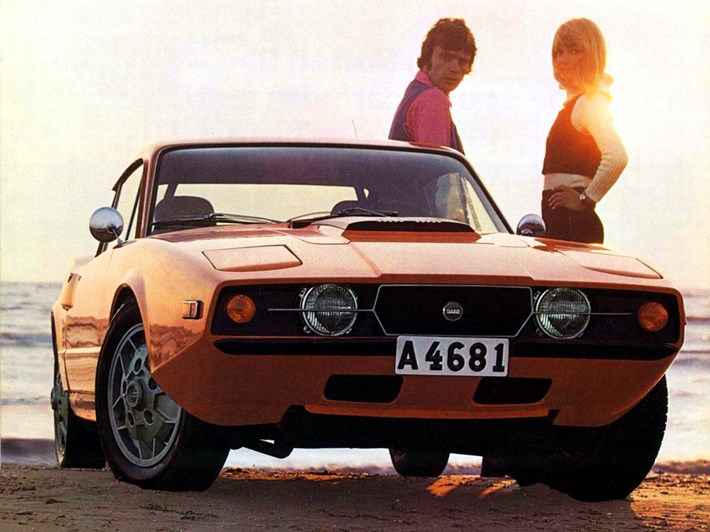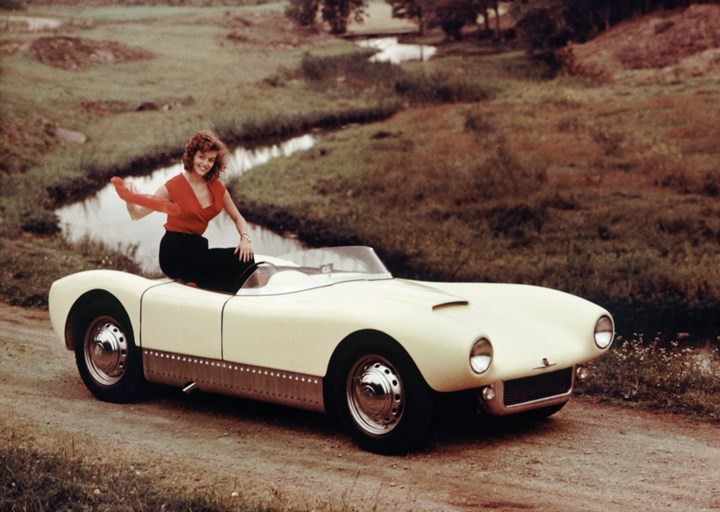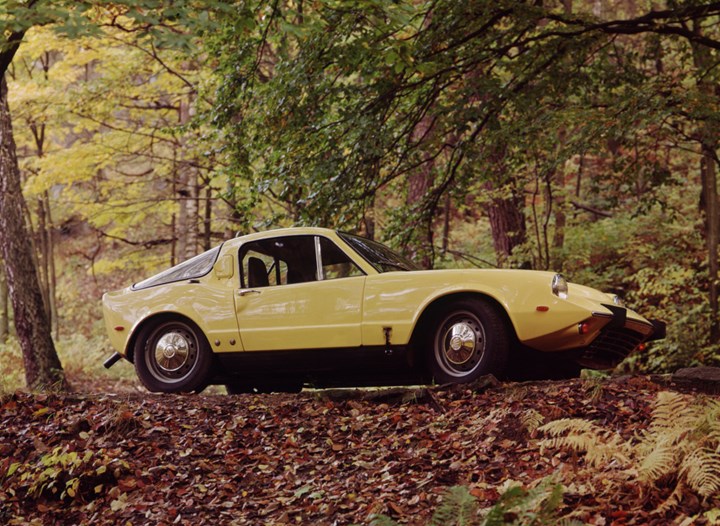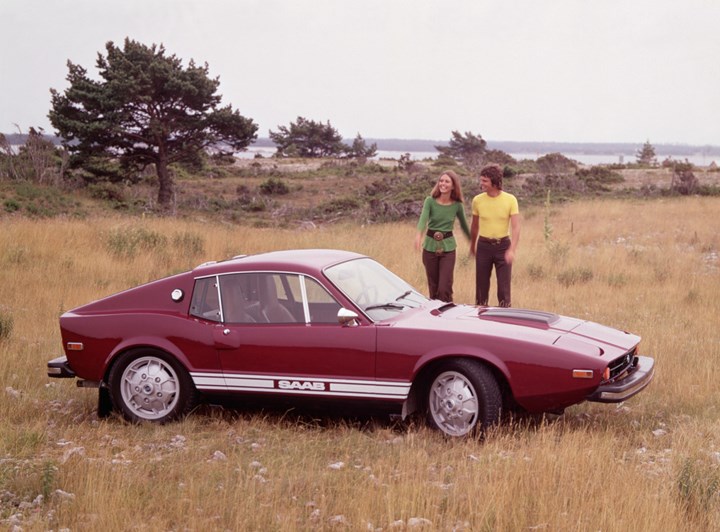
This Swedish brand was not renowned for sporty coupes. However, the Sonett enjoyed a successful career alongside its more mainstream stablemates.
It was in a barn a few kilometers from Trollhättan, the birthplace of Saab, that engineer Rolf Melde began building a sports car with a few colleagues in 1955. Using the Swedish manufacturer's mechanical components, the car benefited from a tubular chassis made from a light alloy. As a result, the chassis weighed just 70 kg, the bodywork was made of fiberglass, and the entire car was just 500kg. It was short too, at 3.5 m in length. The car was powered by a slightly tuned Saab 93 engine developing 60 hp, enough for speeds of up to 210 km/h. Presented at the Stockholm Motor Show, the Sonett was approved by Saab, who renamed it the "94". Subsequently exhibited in the United States, it made a strong impression.

A Bumpy Start
Five examples were built, but the chassis was made of steel, although the gearbox received an extra ratio, having had only 3 on the prototype. While series production was envisaged, Saab's plans changed, and the brand finally decided to produce sedans powered by the Sonett engine. Of the 6 cars built in total, 5 still exist and 2 are on display in the Saab Museum.
The story could have ended there, but in 1964, designer Björn Karlström conceived the Sonett II, the first prototype of which was presented the following year. In 1966, another prototype was presented in Geneva to promote the brand on the American market. Still made of fiberglass, the bodywork was simple and effective. Under the hood was the Saab Monte Carlo engine, an 841 cc 3-cylinder developing 60 hp. This typical-sounding 2-stroke engine was fitted in only 258 cars, before being replaced by a Ford V4 block. More pleasant and much less polluting, this 65 hp 4-cylinder engine suited it perfectly.

Italian Touch
The Sonett was redesigned in 1970 by Italian designer Sergio Coggiola and renamed Sonett III. This model, which sold well on the American market, received a 1.7-liter engine. More refined, better equipped (with air conditioning, floor shifter and thick bumpers for the North American market), it still produced 65 hp, its output stifled by American anti-pollution standards.
In 1974, these standards were further tightened, and the Sonett was no longer approved. Saab decided to cease production without a successor. In all, 10,219 Saab Sonett II and III were built. Today, this relatively unknown model can be found for reasonable sums, with only the very best commanding high figures. That is why it is still possible to find a fine Sonett III, the most pleasant to drive, for less than €25,000.





















